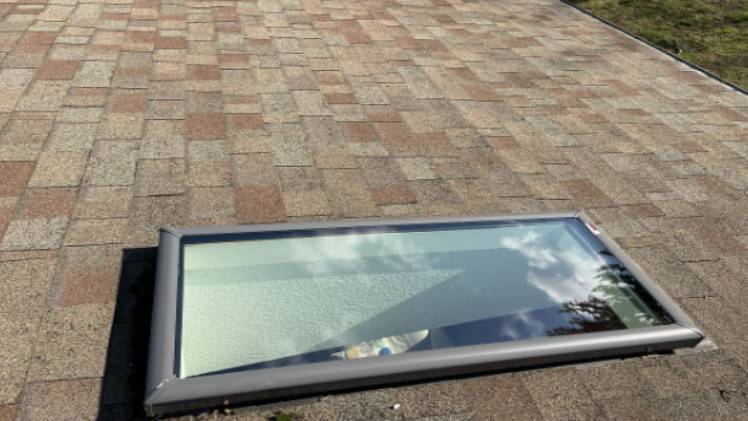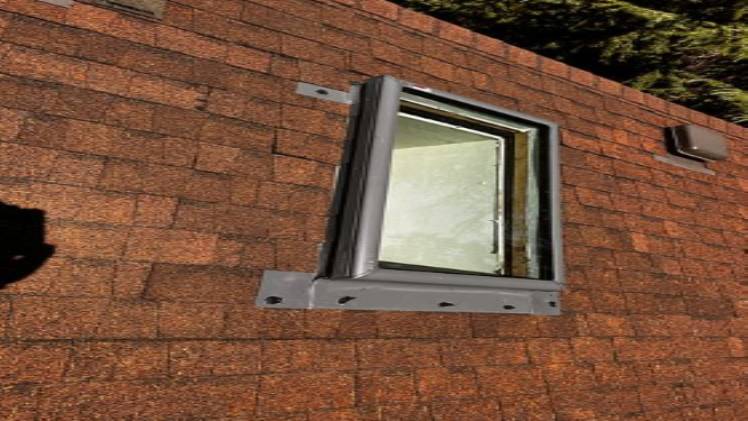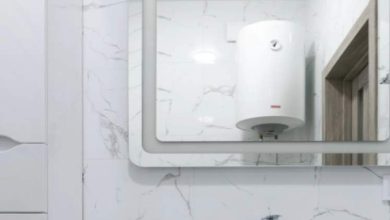How to Have a Perfect Skylight Installation

Skylights are a great way to bring natural light into a room and add a touch of architectural interest to a home. However, installation can be tricky, and it’s important to ensure it’s done correctly to avoid leaks and other issues. In this article, we’ll look at how to have a perfect skylight installation.
H2: Choosing the Right Skylight
The first step in having a perfect skylight installation is choosing the right skylight for your space. There are a few different types of skylights to choose from, including:
- Fixed skylights: These skylights don’t open and are best for spaces where natural light is needed, but ventilation isn’t a concern.
- Venting skylights: These skylights open to allow for ventilation, which can help reduce humidity and heat buildup in a space.
- Tubular skylights: These skylights are smaller and are best for spaces where a full-size skylight isn’t an option.
When choosing a skylight, it’s important to consider the size of the space where the skylight will be installed and the amount of natural light you want to bring in. It’s also important to consider the climate where you live. For example, if you live in a hot and humid area, a venting skylight may be a better choice than a fixed skylight.
Please click for more info: Jio Rockers Kannada
H2: Preparing for Installation
Once you’ve chosen the right skylight for your space, it’s time to prepare for installation. This includes measuring the space where the skylight will be installed, as well as making sure that the area is free from debris and other obstacles. It’s also important to make sure that the area is easily accessible for the installation process.
H2: Installing the Skylight
The installation process for a skylight will vary depending on the type of skylight you’ve chosen and the space where it will be installed. However, there are a few basic steps that are involved in most skylight installations. These include:
- Cutting a hole in the roof: This is typically done with a saw, or a hole saw.
- Framing the skylight: This involves creating a frame that will fit snugly into the hole in the roof.
- Installing the skylight: This involves putting the skylight into the frame and securing it in place.
- Sealing the skylight: This involves sealing around the skylight to prevent leaks.
H2: Finishing the Installation

Once the skylight is installed, it’s important to finish the installation process. This includes:
- Installing flashing around the skylight: This is typically done with metal flashing that is bent to fit around the skylight.
- Installing a skylight cover: This is typically done with a plastic or metal cover that sits on top of the skylight.
- Painting or staining the skylight: This is typically done with paint or stain that matches the color of the roof.
H2: Maintaining the Skylight
The final step in having a perfect skylight installation is maintaining the skylight. This includes:
- Cleaning the skylight: This is typically done with a soft cloth or a squeegee.
- Checking for leaks: This is typically done by looking for signs of water damage around the skylight.
- Repairing any damage: This is typically done by patching any leaks or replacing any
H2: Understanding the Basics of Skylight Installation
- Types of skylights: fixed, ventilated, tubular, and solar-powered
- Choosing the right size and location for your skylight
- Factors to consider, such as roof type and slope, insulation, and ventilation
H3: Preparing for Skylight Installation
- Checking for structural integrity and making sure your roof can support a skylight
- Obtaining necessary permits and inspections
- Hiring a professional or DIY installation
H2: The Skylight Installation Process
- Removing the old roofing material and cutting the opening for the skylight
- Installing the skylight frame and flashing
- Sealing and waterproofing the skylight and surrounding area
- Adding insulation and ventilation as necessary
H3: Finishing Touches and Maintenance
- Adding trim and finishing materials to the inside of the skylight
- Testing for leaks and proper function
- Regular maintenance and cleaning to ensure longevity
Installing a skylight can be a great way to bring natural light and fresh air into your home, but it’s important to understand the basics and properly prepare for the installation process. By working with a professional and following proper guidelines, you can ensure that your skylight is installed correctly and functions well for many years.
You can also use the target link https://www.ibexroof.com/skylight-installation/ to read more about the process and the cost of skylight installation



